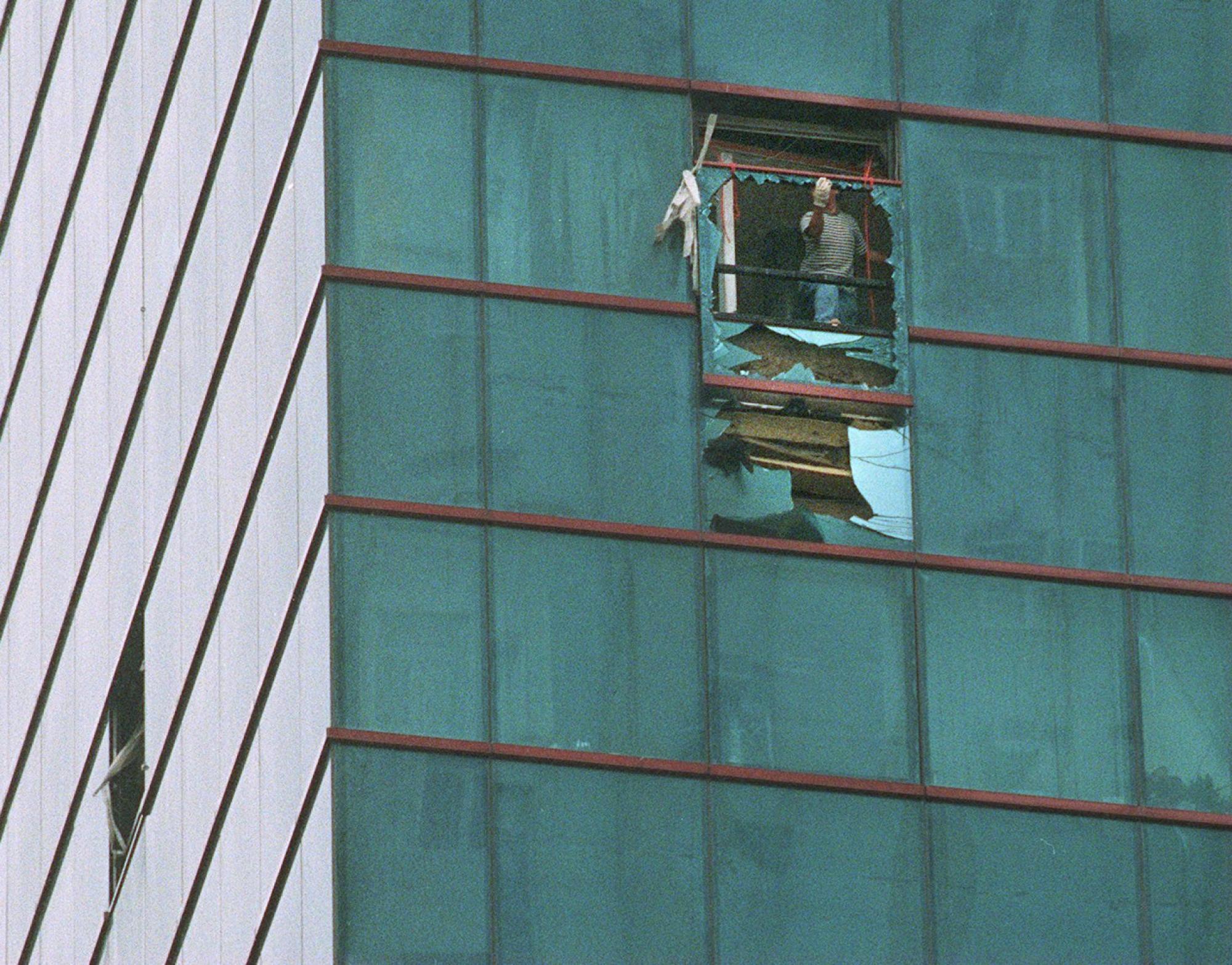
As Hong Kong hunkers down for Super Typhoon Saola, the Post looks back at city’s most ferocious storms
- Hong Kong has witnessed a series of ferocious and occasionally deadly storms since records began in 1946
- The Post charts the passage of infamous typhoons such as Mangkhut, Vincente and record-holder Wanda
Typhoon Mangkhut
The storm, which was named after the Thai word for mangosteen fruit, struck the city on September 16, 2018, and is considered one of the most powerful since records began in 1946.
The storm caused serious flooding in locations such as Heng Fa Chuen and Shek O in the eastern and southern quarters of Hong Kong Island. Authorities were also forced to evacuate residents from Lei Yue Mun in southeast Kowloon
During the day, a tide with a height of up to 3.88 metres (12.7 feet) was seen in Quarry Bay, only 3km from Heng Fa Chuen.

The storm also left insurance companies in Hong Kong with a hefty bill totalling HK$3.1 billion (US$397 million).
In the aftermath, authorities announced a shake-up of typhoon guidelines for workplace commuters to prevent a repeat of the travel chaos that followed the storm.
Residents were told to wait two hours after a storm subsided, instead of attempting to travel immediately after an all-clear was given.
Typhoon Hato
Packing gusts of more than 193km/h (119mph), Hato surpassed the preceding No 10 storm, Typhoon Vicente, in terms of strength.
Sea swells measuring up to 3.85 metres in height prompted the evacuation of dozens of people from Tai O fishing village.
The storm also knocked down a 150-year-old Chinese banyan at Tsim Sha Tsui’s Park Lane shopping boulevard, one of nearly 700 trees felled as Hato passed the city.
Macau fared even worse during the storm, which triggered a power blackout for hours and left five people dead.

Typhoon Vicente
The No 10 typhoon left at least 138 people injured and forced about 266 residents into 24 temporary shelters when it struck on July 24, 2012.
Vicente packed wind speeds of 130km/h and knocked down 1,400 trees, as well as leading to seven reports of flooding and landslides.
The storm also forced some commuters to spend the night at East Rail stations after falling trees damaged overhead cables near Tai Po, the first such incident recorded.
Typhoon York
The most powerful storm to encroach upon Hong Kong since 1983, the typhoon left two men dead and more than 500 people injured on September 16, 1999.
York also shattered more than 400 panes of glass in Wan Chai as it battered skyscrapers including Revenue Tower and Immigration Tower, while a nearby crane fell 30 storeys from a building on Jaffe Road.
The Observatory issued a No 10 signal that remained in place for 11 hours, the longest period since records began in 1946. The storm also led to billions of dollars in economic losses.

Typhoon Wanda
The typhoon is also the city’s deadliest on record, leading to 183 fatalities and 388 injuries. Another 108 people were reported missing and 72,000 left homeless.
Heavy rainfall resulted in about 1.5 billion of water pouring into local reservoirs in less than 48 hours.
Wanda is a unbeaten record-holder with a 60-minute average wind speed of 133km/h, a gust wind speed of 259km/h and a low instantaneous sea-level pressure of 953.2 hectopascals, the international unit for measuring atmospheric or barometric pressure.


